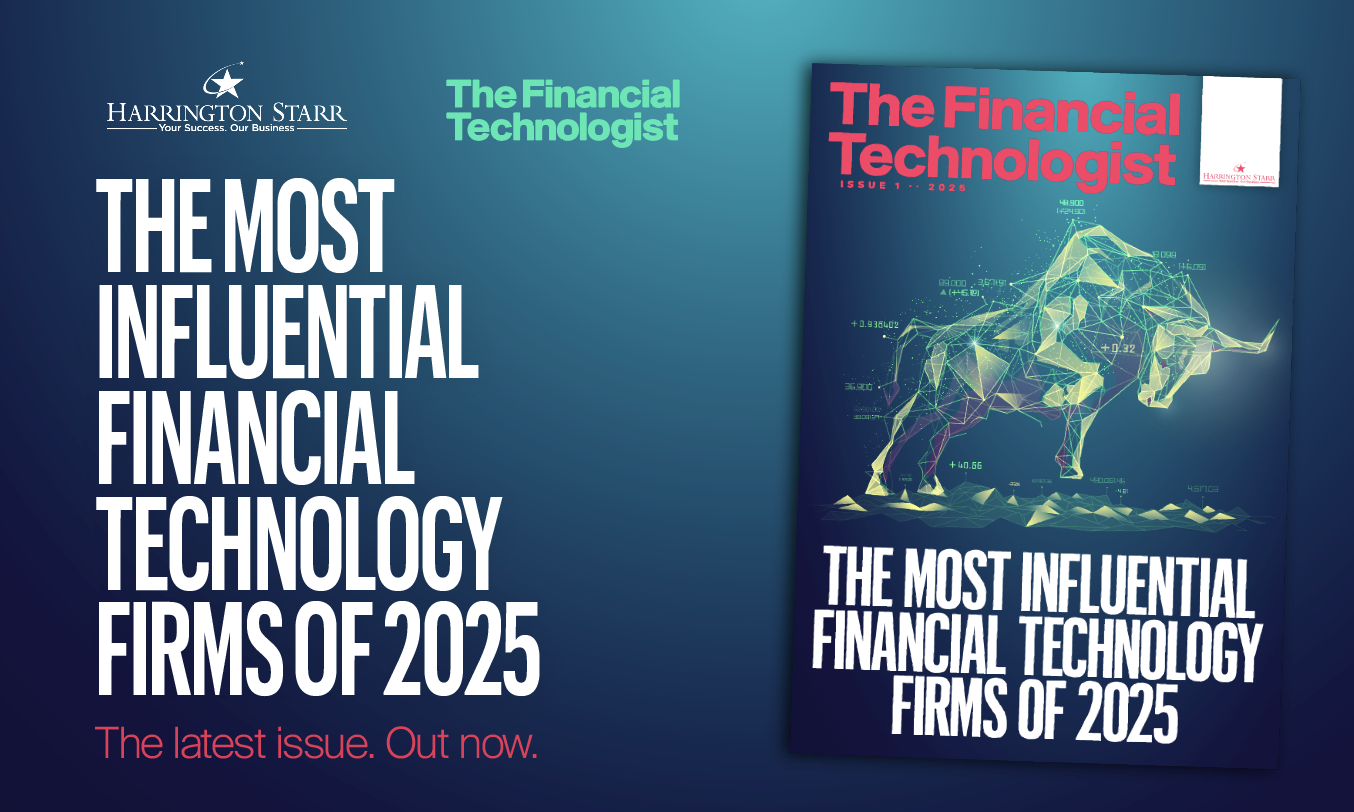Download your free copy of the latest Financial Technologist magazine here.
In the ever-evolving landscape of cryptocurrency, Non-Fungible Tokens (NFTs) have emerged as a groundbreaking innovation with the potential to transform various industries, including insurance. While NFTs have primarily been associated with digital art, collectibles, and entertainment, their unique properties and capabilities hold promising implications for the insurance sector, redefining the way we perceive risk assessment, claims processing, and policy management. Before we continue, it’s important to note that when we say NFTs, we’re referring to items entered on a distributed ledger. So, although people conjure up images of a token, it’s still just immutable code keeping track of who owns what, when and where. This distributed ledger computing allows the often-complex world of insurance to more-easily verify and exchange information much more efficiently than it is now.
Understanding NFTs in the Context of Insurance
NFTs are digital assets authenticated using blockchain technology, each representing a unique item or piece of content. In the context of insurance, NFTs can be utilised to tokenise insurance policies, certificates of ownership, and other related documents, providing a secure and transparent method of recording ownership, coverage details, and claims history. This also would help companies who purchase insurance greatly improve their insurance due diligence. Instead of requesting certificates of insurance, the company could just share their wallet address with public facing details of their insurance policy. This could eventually eradicate fraudulent certificates of insurance in the future and create a more transparent insurance verification process.
Enhancing Transparency and Trust
As mentioned above, one of the key benefits of incorporating NFTs into the insurance industry is the enhancement of transparency and trust. By leveraging blockchain technology, insurers can create immutable records of insurance policies, ensuring that policyholders have access to accurate and tamper-proof documentation throughout the policy lifecycle. This transparency fosters trust between insurers and policyholders, reducing disputes and facilitating smoother claims processing.
Improving Risk Assessment and Underwriting
NFTs can also revolutionise the process of risk assessment and underwriting in the insurance sector. By tokenising valuable assets such as real estate, artwork, or intellectual property, insurers can create NFTs that represent ownership of these assets and incorporate them into insurance policies as collateral or proof of insurability. This approach enables insurers to assess risks more accurately based on the actual value and characteristics of the insured assets, leading to more precise pricing and coverage decisions.
A great example of this is tokenisation of intellectual property (IP) rights. Anyone who has underwritten IP knows it can be a convoluted process of establishing who owns IP. Some of our clients are precisely solving this problem by tokenising IP with their clients, using these tokens to prove ownership and facilitate the sale of these rights to potential buyers.
Streamlining Claims Processing
The use of NFTs can streamline the claims processing workflow, making it more efficient and transparent for both insurers and policyholders. In the event of a claim, the NFT representing the insurance policy can serve as a digital record of coverage, automatically triggering the claims process and facilitating the exchange of information between parties. Smart contracts embedded within the NFTs can automate claims verification, approval, and payment, reducing processing time and minimising the risk of fraud or errors.
Facilitating Secondary Market Transactions
Another potential application of NFTs in the insurance industry is the facilitation of secondary market transactions. Insured assets represented by NFTs can be bought, sold, or transferred between policyholders in a secure and decentralised manner, enabling greater liquidity and flexibility in the insurance market. This capability opens up new opportunities for insurance policyholders to monetise their assets or adjust their coverage based on changing needs or circumstances.
In addition, marketplaces like Nayms are facilitating the buying and selling of risk via a tokenisation process. This novel implementation sees institutional investors put up their own capital to buy tranches of risk through the Nayms marketplace.
Addressing Challenges and Considerations
While the integration of NFTs into the insurance sector holds tremendous promise, there are several challenges and considerations that need to be addressed. The main challenges would be the the following:
■ The ability for insurers to interact with distributed ledger technology. There would need to be system upgrades and improvements in order for insurers to embrace wallet technology and interact with smart contracts.
■ There is a significant knowledge gap in the insurance industry surrounding NFTs and their use cases. Although the technology is ready, the culture and attitudes of the people in the insurance industry may be the biggest barrier there is.
■ Interoperability between systems and other insurers. Would insurers use public blockchains or would they have to agree on the same private blockchain architecture? We’ve learned important lessons from the closure of B3i on how insurers cooperate with shared software implementations.
The Future of NFTs in Insurance
Although the insurance industry continues to embrace digital transformation, it’s often slow to adopt new technology (especially emerging technologies) into its tech stack. I believe that the key for insurers to embrace digital asset and distributed ledger technologies will be through new companies experimenting with these technologies and paving the way for the incumbents. Smaller and more agile companies that are able to properly harness the promise of NFTs will be able to carve out market share for themselves in a very competitive insurance environment, but only if they focus on the end consumer.
I also believe that once we get past the label of “NFT”, we’ll be much closer to mass adoption and further away from the word that people automatically associate with JPEGs and investment mania. With NFTs, and distributed ledger technology in general, it has the potential to greatly change how our industry interacts with our clients and ultimately be there for them when they need it most. While challenges lie ahead, the future of NFTs in insurance looks promising, paving the way for a more transparent, resilient, and customer-centric insurance ecosystem.
Download your free copy of the latest Financial Technologist magazine here.






